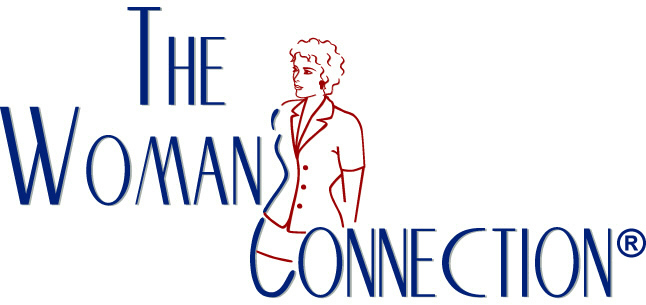The Confident Seeker by: Patricia Soldati
/ Self-confidence can make or break a job or career search. With it, you trust your own abilities and have a general sense of control in your life. Without it, you’re frustrated and stuck – until you learn that developing it – and keeping it – is really within your own control.
My clients are young and older, male and female, rich and not-so-rich. They are planners, engineers, marketers, filmmakers, community activists, designers, social workers and sales managers, to name a few. Their goals range from moderate, in-place change to “just help me find a job” to significant career-change.
As a result of this experience, one thing is abundantly clear: a diminished sense of confidence tags right along with everyone who seeks out a new opportunity or a meaningful career. It’s a nasty little irony: just when you need it most, your personal power slips right out of your grasp.
No one is immune, even though it often feels like you are the only one who is vulnerable. Whether your search is one of choice or through the force of downsizing, or whether you hold a fancy title or not, a landing in a new job or career is intimidating for all there is to learn...the choices...the financial insecurity...and the ultimate uncertainty of all: “Will I really find what I’m looking for?”
It chips away, making your voice weaker, your actions heavier. You wonder “Will they like me? Will they hire me? Can I continue to please my boss?"
Lack of self-confidence is not necessarily related to lack of ability. Rather, seekers who lack confidence depend excessively on the approval of others in order to feel good about themselves. They tend to avoid taking risks because they fear failure. They generally do not expect to be successful. They often put themselves down and tend to discount or ignore compliments paid to them.
By contrast, self-confident people are willing to risk the disapproval of others because they generally trust their own abilities. They tend to accept themselves; they don't feel they have to conform in order to be accepted.
How is Self-Confidence Developed?
Many factors affect the development of self-confidence. Parents' attitudes are crucial to a child’s sense of self-worth, particularly in the child's early years. When parents are accepting, children receive a solid foundation for good feelings about themselves. If one or both parents are excessively critical or demanding, or if they are overprotective and discourage moves toward independence, children come to believe they are incapable, inadequate, or inferior.
However, if parents encourage a child to moves toward self-reliance and accept and love their children when they make mistakes, he or she will learn to accept themselves and will be on their way to developing self-confidence.
Playing A Stronger Game
Does this mean this mean that, as an adult, you are doomed if you weren’t blessed with the perfect childhood? No, of course not. It does suggest, however, the wisdom of examining any beliefs you hold that negatively influence your confidence. For example, believing that you must have approval from every significant person in your life is a perfectionist and unattainable goal. It is more desirable to develop personal standards and values that are meaningful to you and not dependent on the approval of others. Similarly, if you wallow in “the past has done me wrong”, consider that, as an adult, you can become aware of those influences and make a choice to move beyond the ones that no longer serve you.
And here are SEVEN more ways to step into your power:
1. Develop a strong personal foundation. Clean up unfinished business that chips away at your sense of self; understand your inner gifts and talents, and articulate the values that are most important to you.
2. Create an empowering environment. Eliminate the people and things that take your energy and power from you.
3. Let go of obligations -- even if only for a few hours. Do something that inspires you.
4. Physical self-care. This always precedes personal power. When you are feeling low physically, everything else will fall a little flat.
5. Remember a pride story. For an instant confidence boost, recall an event or an accomplishment that you are quite proud of. Ask “What inner qualities did it take for me to achieve this?” to tip the confidence scales in your favor.
6. Give up old hurts. They keep you in victim mode.
7. Create thoughts that transform. When negative thoughts take hold, acknowledge them...and replace them with a positive affirmation.
When you tap into your personal greatness, your world opens up. It is easier to take new steps and assume risks. You are mentally, physically and emotionally expanded – which radiates to those around you. You are centered, clear-headed and able to focus on moving forward.
Most important of all – remember that it is a process. Our confidence will rise and fall – what’s important is that you know how to gain it back.
